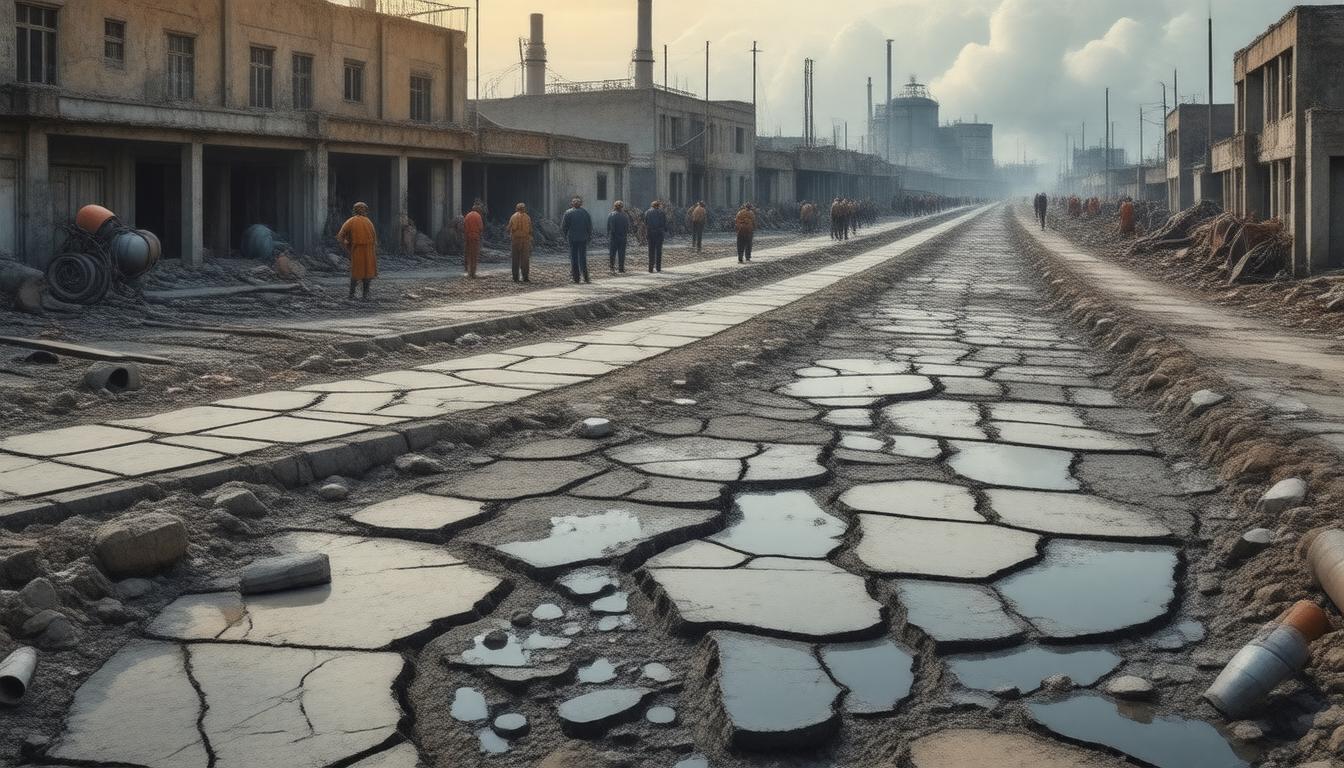
The world of municipal sewer management is experiencing a technological revolution, bringing new levels of efficiency and diagnostic prowess to what was once a traditionally manual task. The importance of keeping sewer systems in optimal condition cannot be overstated, as it not only ensures the proper sanitation of urban areas but also plays a critical role in protecting the environment from untreated waste. In light of these responsibilities, emerging trends in sewer inspection are set to redefine the landscape of wastewater management.
Robotics: The New Frontier in Sewer InspectionThe advent of robotics has significantly augmented human capabilities in numerous fields, and sewer inspection is no exception. Robotic crawlers equipped with HD cameras and a plethora of sensors are now able to traverse sewer lines, providing real-time feedback to operators. These sophisticated devices can navigate various impediments and offer detailed inspections of underground pipes, thereby mitigating the risks that human inspectors may face in such hazardous environments. Moreover, as they evolve, these robots incorporate artificial intelligence (AI) to identify potential issues such as cracks, blockages, and leaks with greater accuracy and speed.
Drones – Taking Inspection to New HeightsDrones have steadily become more prevalent in sewer inspection processes. Unlike their terrestrial counterparts, aerial drones survey open-air sewer assets and stormwater systems from above. They can rapidly cover large areas, map topographies, and record footage for later analysis. To complement their capabilities, drones are also being equipped with various sensors that can detect toxic gases and other environmental hazards, improving safety and efficiency in sewer inspection operations.
Internet of Things & Sewer InfrastructureThe Internet of Things (IoT) is connecting sewer systems in ways previously unimaginable. By installing smart sensors throughout sewer infrastructures, municipalities can continuously monitor the status and performance of their networks. These sensors can detect changes in flow rates, pressure, and chemical composition, alerting maintenance teams to problems before they escalate into costly repairs or catastrophic failures. The data collected by IoT devices not only plays a pivotal role in preventative maintenance but also contributes to the optimization of sewage treatment processes, ultimately leading to smarter, more sustainable cities.
Data Analytics and Predictive MaintenanceWith the surge of data from robotics, drones, and IoT devices, comes the need to analyze and interpret this information effectively. Advanced data analytics platforms harness this wealth of data to offer actionable insights, identify trends, and predict when and where maintenance is most needed. The utilization of predictive maintenance schedules ensures that resources are allocated efficiently, reducing downtime and extending the lifespan of sewer infrastructure. By deploying machine learning algorithms, these systems can progressively improve their predictive accuracy over time.
Non-Invasive Inspection TechnologiesInnovations in non-invasive technologies are also shaping the future of sewer inspections. Techniques such as acoustic inspection and ground-penetrating radar (GPR) can evaluate sewer line conditions without requiring access holes or disrupting service. These methods can not only detect existing faults but can also identify areas that may be susceptible to future damage. Non-invasive technologies promote a proactive approach to sewer maintenance, ultimately leading to significant cost savings for municipalities.
Conclusion: Towards a Smarter Sewage ManagementIn conclusion, the future of sewer inspection is characterized by the integration of advanced technologies that enhance our ability to maintain complex sewer systems. From robotic explorers venturing through the depths to IoT devices monitoring conditions around the clock, the emerging trends in sewer inspection signify a move towards more intelligent and proactive sewage management. These innovations will not only safeguard public health and the environment but also offer new levels of operational efficiency for wastewater agencies worldwide. The ongoing evolution in this field promises a cleaner, safer, and more sustainable future for urban centers globally.







